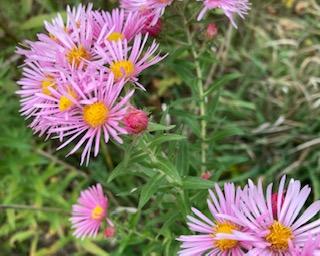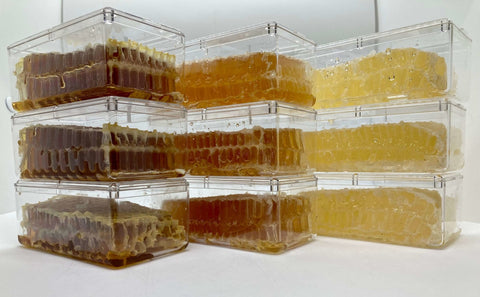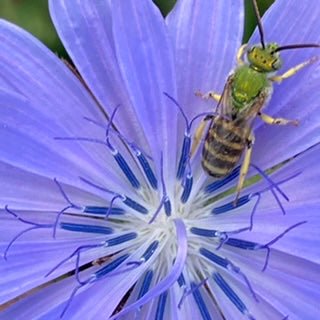When i started keeping honeybees in 1994 in central Minnesota there were 5 major distinct nectar flows and potential honey crops. Dandelions led off in May followed by Dutch White Clover in June and the main event Basswood (aka Linden) in early July. By the last ten days of July we typically had a Sweet Clover honey flow and then the growing season ended with the darker amber honey floral Wildflower honey sources of late August and early September.
The first three of the quintet are still producing yet in 2021 although we see more buckthorn taking over in some areas that blooms at the end of the Dandelion bloom. Dutch white clover is now the most common nectar source in Minnesota but needs constant moisture to produce a nectar flow. Basswood trees are now under insect pressure during the annual bloom from invasive Japanese Beetles. Indiscriminate removal of old trees capable of producing vast amounts of nectar continues because of a lack of awareness by the general public that Basswood trees are a major pollinator food source.
Sadly the last two seasonal honey flows have almost disappeared in Minnesota. Sweet clover which formerly has produced the main honey crops in the USA is now listed as an invasive species on the MN DNR Invasive Species list.
The rationale for this nonsense is that the remnant 2% of land left in native prairie is supposedly harmed by sweet clover. Meanwhile native pollinators like bumble bees and various butterfly species are near extinction in the upper midwest and in Minnesota. What does the DNR think those remnant populations are feeding on in the remaining 98% of the land in MN? the answer is anything with a flower that produces nectar native or not. This myopic and closed minded stance by Minnesota is something I am personally going to try and change.
The last and fifth main nectar event for honeybees, the fall wildflowers have also mostly disappeared except in some wetland and protected areas. These late season plants like Joe Pye Weed, Jewelweed, Fall Asters and Purple Loosestrife are being displaced by herbicide spray that favors grass and unnecessary mowing that does not allow the late season wildflowers to come to full maturity.
So consequently pure Sweet Clover Honey is becoming harder to find and the same is true for the savory Fall Wildflower Honey we collect. We need rural landowners to leave some land planted for bees and pollinators. The government wont save the pollinators we need to do this as landowners.



